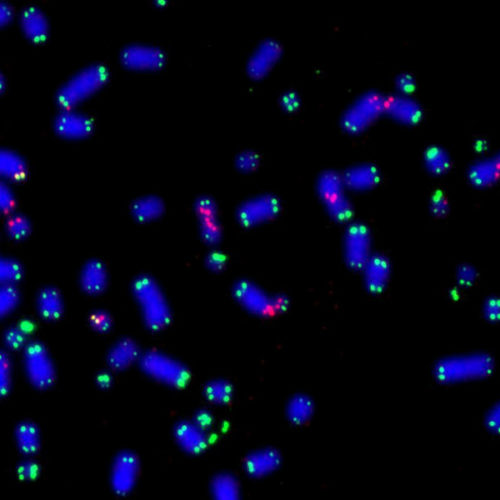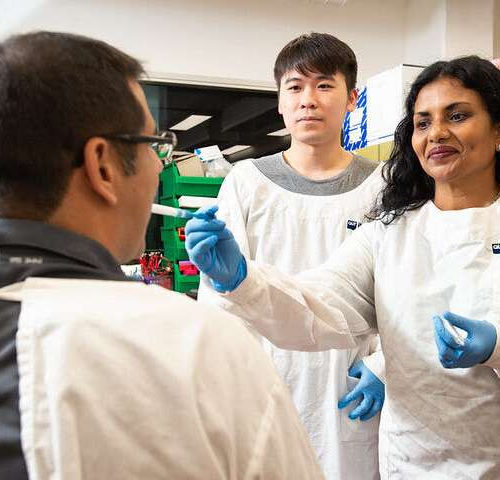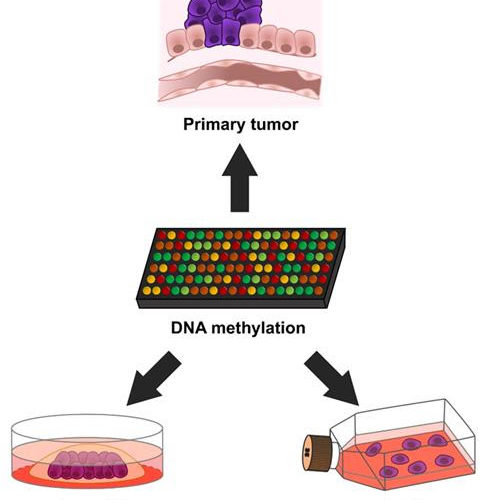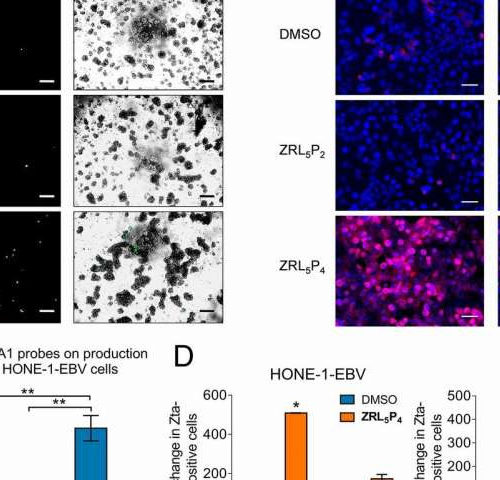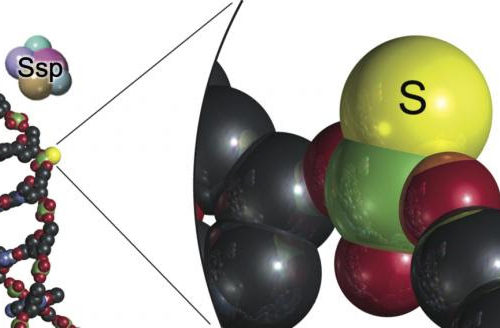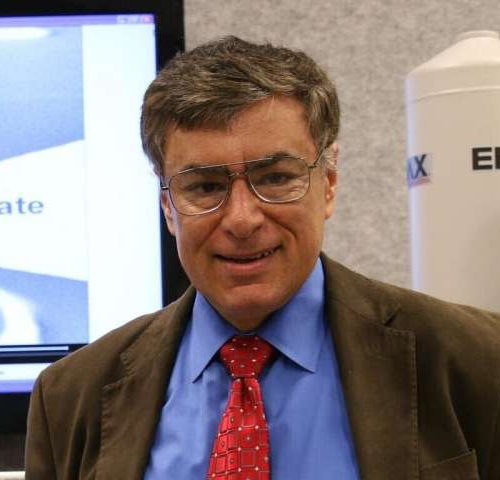Frequently, promising cancer therapies fail when applied to patients in the real clinical setting. This occurs despite many of these new treatments demonstrating promising results at the preclinical stage in the lab. One explanation is that many of the tumor models used in early research phases are established cell lines that have been growing for...
Tag: <span>DNA</span>
ONE PROTEIN EASES PROBLEMS WHEN CANCER CELLS DIVIDE
Two important functions of the protein RTEL1 during cancer cell division could help pinpoint new cancer treatments, researchers report. One of the body’s most important processes is cell division, which occurs throughout life. Normal cells only have a limited number of divisions, while in cancer cells the cell division goes awry and is uncontrollable. Therefore,...
World-first saliva test detects hidden throat cancer
by Queensland University of Technology A simple saliva test developed by QUT biomedical scientists has detected early throat cancer in a person who had no symptom and no clinical signs of cancer. In what is believed to be a world-first, the non-invasive test picked up HPV-DNA in a saliva sample from an infected healthy person....
Cancer research breakthrough as DNA behavior is uncovered in 3D models
CREDIT: DR MANEL ESTELLER Scientists have used 3D models to break down the DNA behavior of cancer cells, in a breakthrough new study which could revolutionize treatment for the disease. In what is a first for science, a research team led by Dr Manel Esteller, Director of the Josep Carreras Leukaemia Research Institute (IJC), demonstrated...
Research team develops novel anti-viral targeted drug for nasopharyngeal cancer treatment
by Hong Kong Baptist University A research team led by Hong Kong Baptist University (HKBU) has developed a novel anti-Epstein-Barr virus (EBV) drug that can selectively disrupt a viral protein produced by EBV, leading to the shrinkage of tumors caused by the virus. It is the first known agent to successfully target the virus and...
Epidemiologists develop new tool for measuring the pace of aging across the life course
May 5, 2020 — A study just released by Columbia University Mailman School of Public Health is reporting a blood-DNA-methylation measure that is sensitive to variation in the pace of biological aging among individuals born the same year. The tool – DunedinPoAm — offers a unique measurement for intervention trials and natural experiment studies investigating...
Genetic doppelgaengers: Emory research provides insight into two neurological puzzles
An international team led by Emory scientists has gained insight into the pathological mechanisms behind two devastating neurodegenerative diseases. The scientists compared the most common inherited form of amyotrophic lateral sclerosis and frontotemporal dementia (ALS/FTD) with a rarer disease called spinocerebellar ataxia type 36 (SCA36). Both of the diseases are caused by abnormally expanded and...
SMART researchers uncover new anti-phage defence mechanisms in bacteria
Groundbreaking discovery explains why some bacteria have been able to defend against phage therapy, and opens new ways for the medical community to overcome existing challenges Singapore, 6 May 2020 – Researchers from Singapore-MIT Alliance for Research and Technology (SMART), MIT’s research enterprise in Singapore, have discovered a new anti-phage defence mechanism found in some...
Interleukin-12 electroporation may sensitize ‘cold’ melanomas to immunotherapies
by American Association for Cancer Research Combining intratumoral electroporation of interleukin-12 (IL-12) DNA (tavokinogene telseplasmid, or TAVO) with the immune checkpoint inhibitor pembrolizumab (Keytruda) led to clinical responses in patients with immunologically quiescent advanced melanoma, according to results from a phase II trial published in Clinical Cancer Research, a journal of the American Association for...
A portable, reusable test for COVID-19
by University of Utah “Testing, testing, testing.” It’s a mantra that health officials have been constantly promoting because screening people for COVID-19 is the best way to contain its spread. In the U.S., however, that crucial necessity has been hampered due to a lack of supplies. But University of Utah electrical and computer engineering professor...


